Directed by Hansal Mehta (‘Shahid’), ‘Faraaz’ (2022) is a Hindi-language action thriller from India. Predominantly set in Dhaka, Bangladesh, the story revolves around Faraaz Hossain (Zahan Kapoor), a 20-year-old student at Emory University in Atlanta, Georgia. He returns home to Bangladesh for the summer holidays and visits the Holey Artisan Bakery with two foreign friends. What transpires afterward is the stuff of a nightmare. Five Islamic terrorists break into the restaurant with pistols, bombs, assault rifles, and a sword and start killing the patrons indiscriminately.
Like most other entries in Mehta’s exalted filmography, ‘Faraaz’ is a very grounded film. Mehta and his writers actively avoid sensationalism, instead focusing on depicting a night of horror and pain. If the film’s portrayal of terrorism, faith, geopolitics, and a large-scale tragedy has made you wonder whether it is inspired by a true story, we got you covered.
Faraaz: Echoes of the 2016 Dhaka Hostage Crisis
Yes, ‘Faraaz’ is based on a true story. Mehta developed his film from a script by Ritesh Shah, Kashyap Kapoor, and Raghav Kakkar, who based their screenplay on the July 2016 Dhaka attack, which, at the time, was described by BBC News as the “deadliest Islamist attack in Bangladeshi history.” The local news outlets dubbed it “7/16,” denoting the political, religious, and societal impact the horrific incident had on Bangladesh.
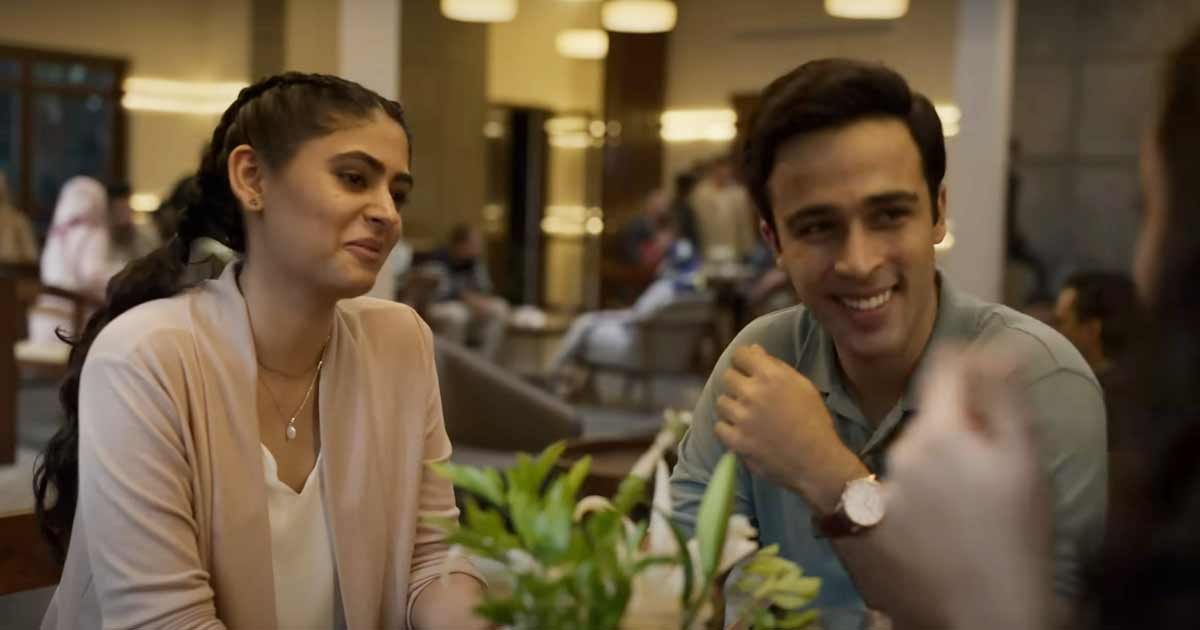
Opened in 2015, the Holey Artisan Bakery was originally situated on Road 79 Gulshan-2, close to the diplomatic quarters in Dhaka. The patrons of the restaurant were generally locals and foreigners living in Bangladesh. The incident started at 21:40 local time on July 1, 2016. Five gunmen, who would later be recognized as Islamic terrorists, barged into the restaurant and began firing their guns and detonating their bombs. This prompted several patrons to hide under their tables, while some of the staff members, including an Argentinian-Italian chef named Diego Rossini, escaped by jumping to the rooftops of the adjacent buildings from the floor above the restaurant.
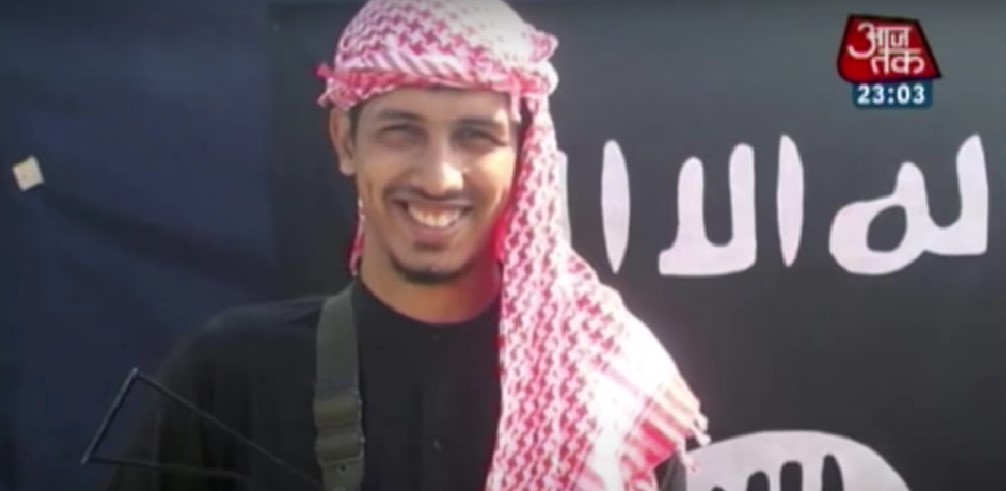
The five assailants were later identified as Nibras Islam, Rohan Imtiaz, Meer Saameh Mubasheer, Khairul Islam, and Shafiqul Islam. According to some survivors, these attackers were highly cordial to Bangladeshis in stark contrast to how they treated the foreign nationals, who they claimed were preventing the spread of Islam. One of the attackers reportedly said, “Their [the foreigners] lifestyle is encouraging local people to do the same thing.”
The terrorists began letting some of the hostages go in the early morning of July 2. By then, the authorities had cordoned off the area and brought at least nine people to safety. Faraaz was one of the people whom the terrorists were willing to let go, but as they had stopped his two friends from leaving because of their nationalities (Abinta Kabir, a fellow student of Emory, had dual citizenship of the US and Bangladesh, and Tarishi Jain, a student of the University of California, Berkeley, was Indian), he declined.
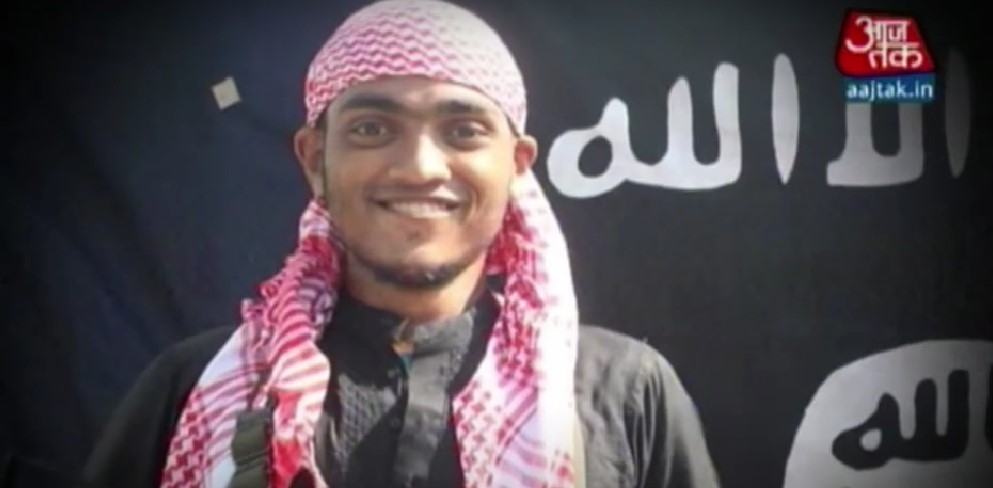
Ordered by the Bangladeshi Prime Minister Sheikh Hasina, the rescue initiative, codenamed Operation Thunderbolt, was a collaborative effort between Bangladesh Army, Navy, Air Force, Border Guard Bangladesh, Rapid Action Battalion, Police, and SWAT. Faraaz, Abinta, and Tarishi were among the civilians killed that day. Other casualties included 9 Italians, 7 Japanese, and 5 Bangladeshis. All 5 terrorists were killed, and at least two police officers perished: Rabiul Islam, Assistant Commissioner of the Detective Branch of the Dhaka Metropolitan Police, and Salahuddin Ahmed, officer-in-charge of the Banani police station.
Initially, there were reports of a sixth assailant, mentioned even in the official statement made by the prime minister, but that appears to have been incorrect. During the rescue operation, the authorities killed a chef of the bakery, mistakenly believing him to be one of the attackers. Reports from international media, including The New York Times, linked the attack to ISIL. However, Home Minister Asaduzzaman Khan told the reporters that the assailants were members of Jamaat-ul-Mujahideen Bangladesh, a Bangladeshi outfit linked to terrorist activities in India and Bangladesh.
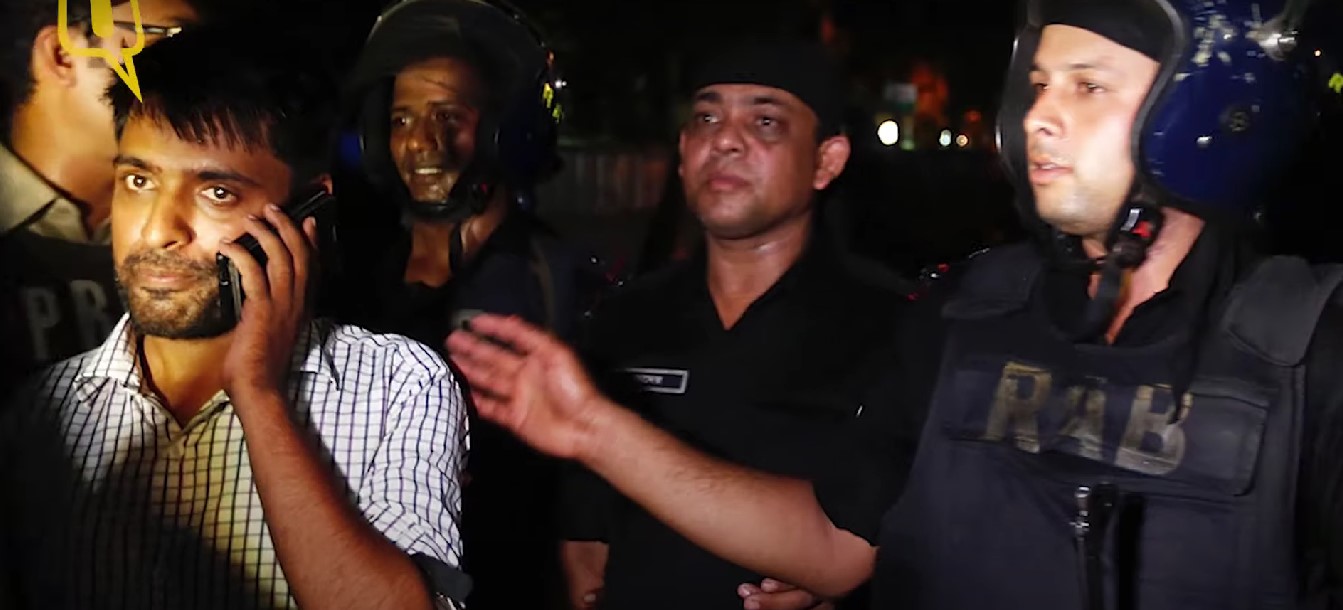
On July 6, 2016, ISIL put out a video in which three Bengali-speaking individuals threatened the Bangladeshi government, stating, “What you witnessed in Bangladesh…was a glimpse. This will repeat, repeat and repeat until you lose and we win and the sharia is established throughout the world. The jihad that is waged today is a jihad under the shade of the Caliphate.”
Most of the attackers belonged to the upper tier of Bangladeshi society. Rohan Imtiaz’s father was a leader of the Awami League, the ruling party of the country. Nibras Islam was described as “fun-loving, in and out of love, and keen on sport” before his radical turn. Following the attack, the government launched an extensive operation across the country. A similar incident was reportedly thwarted, and Tamim Chowdhury, who allegedly planned the attack, was killed on August 27, 2016.
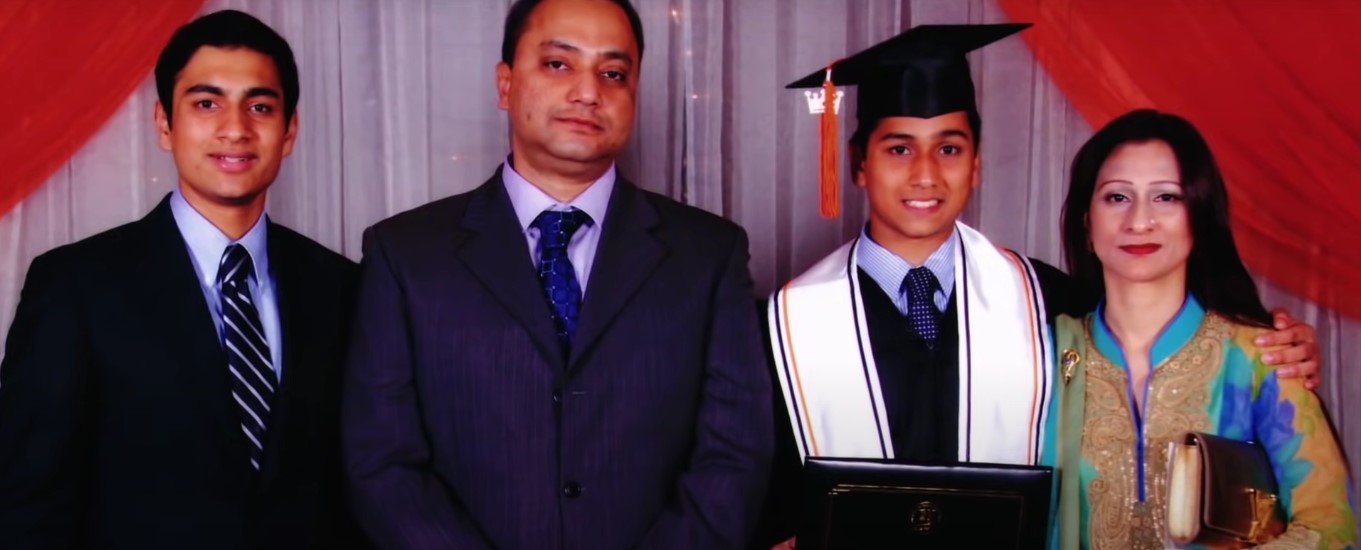
After the incident, Faraaz was hailed as a hero who refused to leave his friends behind in mortal danger. In its editorial, the Bangladeshi daily Dhaka Tribune paid tribute to the slain youth with the following words, “As the nation wonders with horror how it could have given birth to the killers, who represent the very worst of humanity, and what it says about a society that did so, we can take comfort in the fact that Bangladesh also produced a young man like Faraaz.”
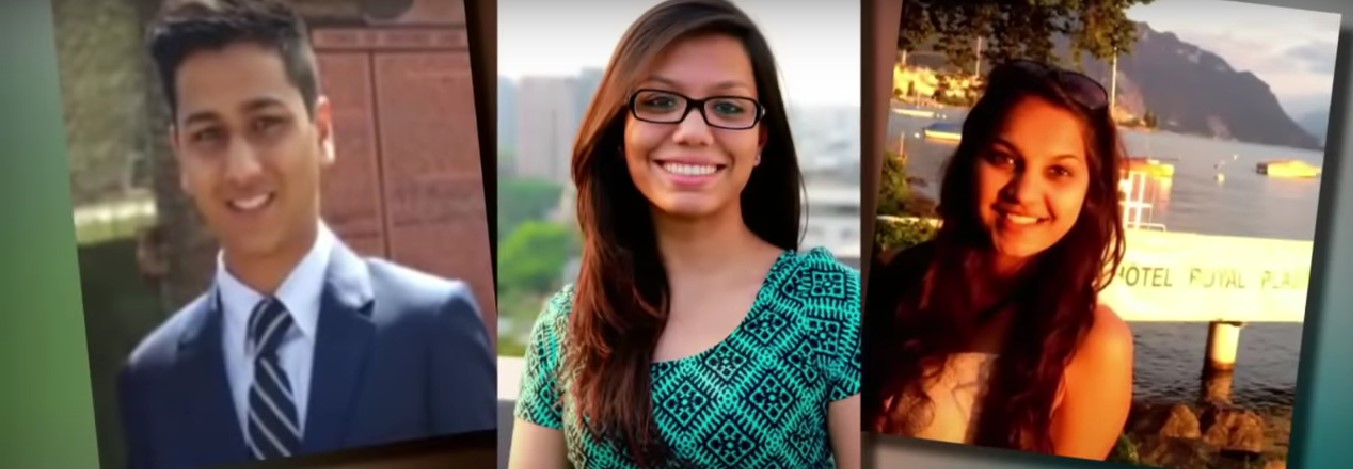
The Bangladeshi high court banned the release of Mehta’s film in the country. Ruba Ahmed, the mother of Abinta Kabir, unsuccessfully campaigned against the development of the film. “The filmmakers never did ask for our consent,” she told Dhaka Tribune. “They said the film does not resemble any of the real characters. But the film directly portrays the characters of some of the victims and their family members with changed names. The film portrays Abinta as Ayesha, Tarishi as Tari, and me as Rabeya.” So, while ‘Faraaz’ takes some creative liberty for legal purposes, it is indeed based on a true story.
Read More: Best Terrorism Movies

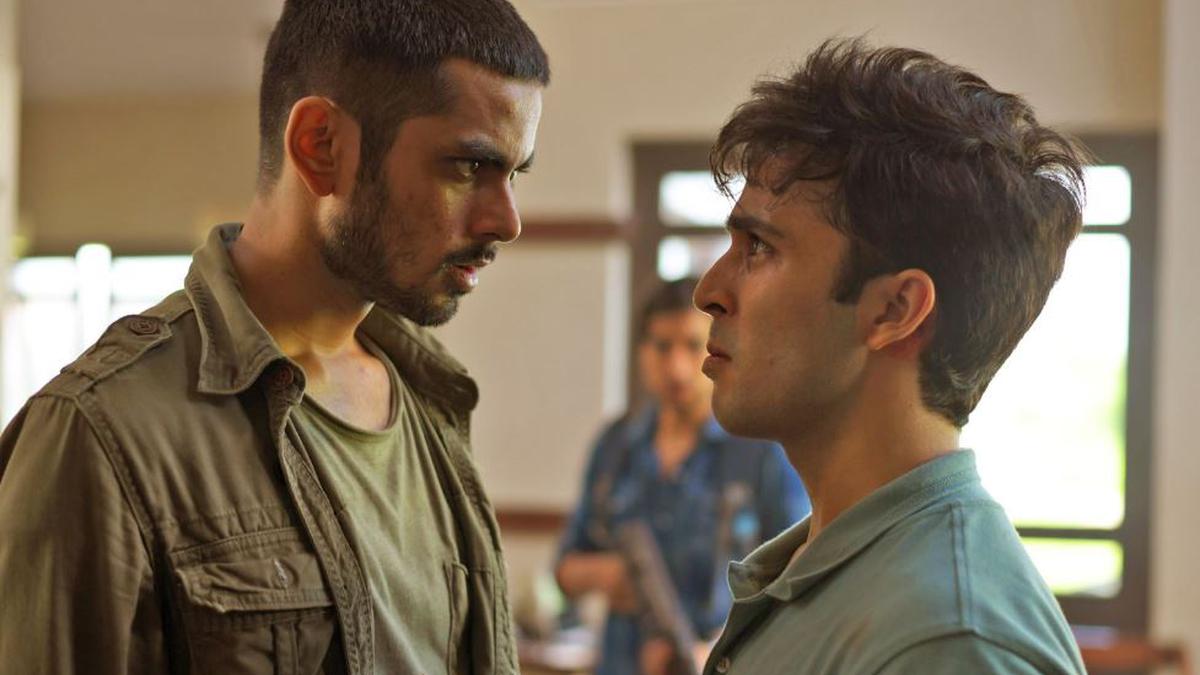
You must be logged in to post a comment.